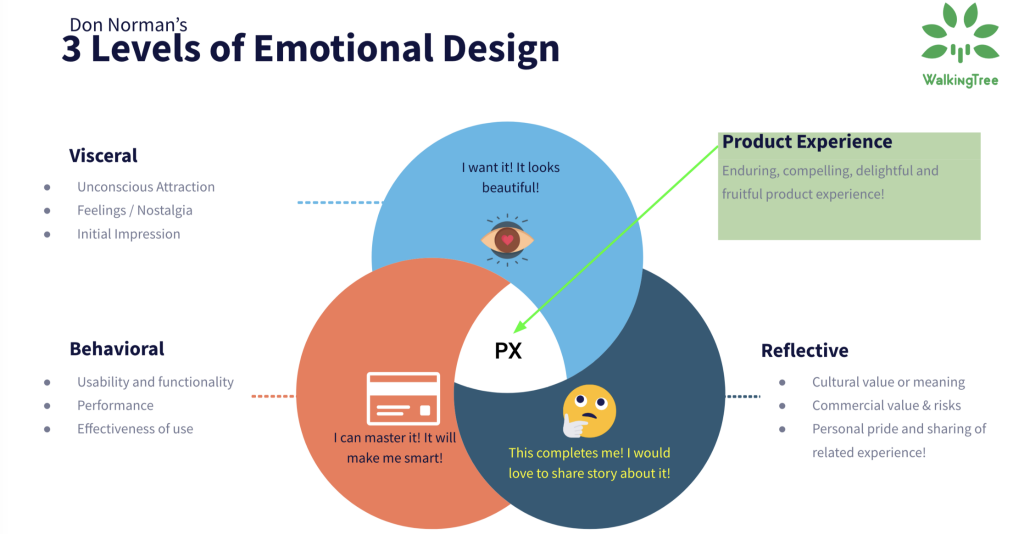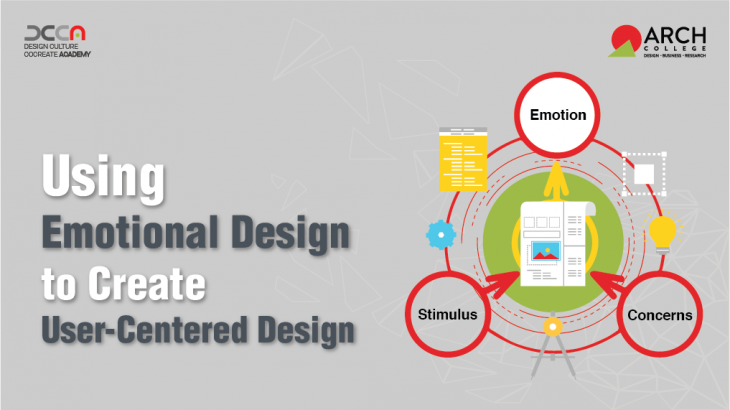When it comes to designing products, it’s easy to get caught up in the features and functionalities that you want to include. However, if you want to create a truly successful product, you need to focus on the user experience. Emotional design is a technique that can help you achieve this by creating user-centered design.
Emotional design is the process of designing products with the user’s emotions in mind. By considering how a user will feel when interacting with your product, you can create a more engaging and satisfying experience. This can lead to increased loyalty, customer satisfaction, and ultimately, sales.
The key to emotional design is understanding the three levels of emotion: visceral, behavioral, and reflective. Visceral emotions are immediate reactions to a product’s appearance, such as liking or disliking the design. Behavioral emotions are feelings that come from interacting with a product, such as frustration or satisfaction. Reflective emotions are long-term feelings that come from memories of using a product, such as nostalgia or pride.

To create a user-centered design using emotional design, you should start by understanding your target audience. What are their values, preferences, and emotions? What are their pain points and what do they need from your product? By answering these questions, you can create a design that resonates with your audience and meets their needs.
Next, you should focus on the visceral level of emotion. This means creating a design that is aesthetically pleasing and immediately catches the user’s attention. This can be achieved through the use of color, typography, imagery, and other design elements. By creating a visually appealing design, you can capture the user’s attention and make a positive first impression.
After capturing the user’s attention, you should focus on the behavioral level of emotion. This means creating a design that is easy to use and provides a seamless user experience. This can be achieved through the use of intuitive navigation, clear labeling, and well-designed interfaces. By creating a design that is easy to use, you can reduce frustration and increase satisfaction.
Finally, you should focus on the reflective level of emotion. This means creating a design that creates a positive emotional connection with the user. This can be achieved through the use of storytelling, emotional branding, and other techniques that create a personal connection with the user. By creating a design that evokes positive emotions, you can create a long-term relationship with your audience.

In conclusion, emotional design is a powerful technique for creating user-centered design. By understanding the three levels of emotion and focusing on the visceral, behavioral, and reflective levels, you can create a design that resonates with your audience and creates a positive emotional connection. By designing for the user experience, you can create a successful product that satisfies your audience’s needs and creates loyal customers.
